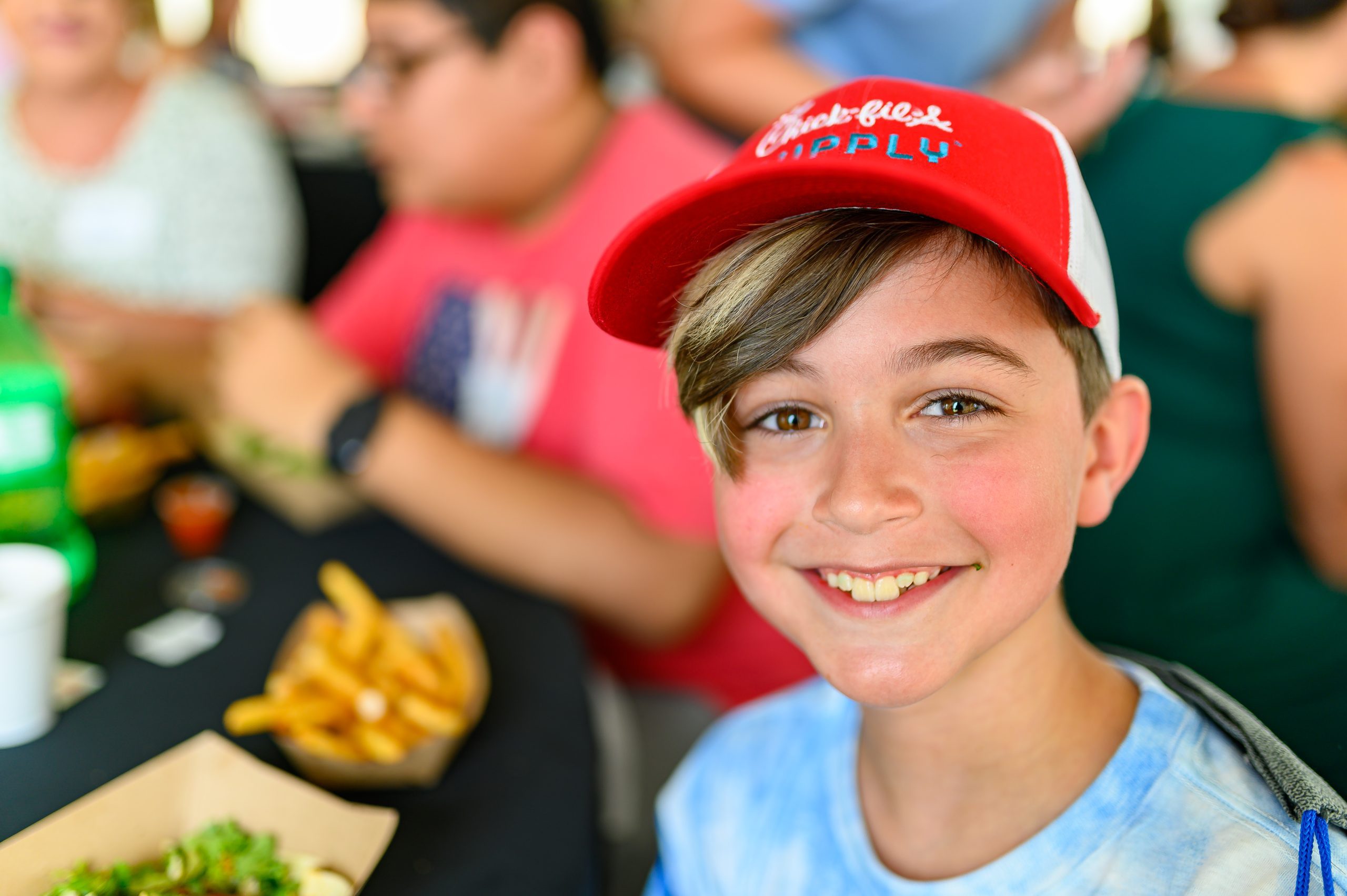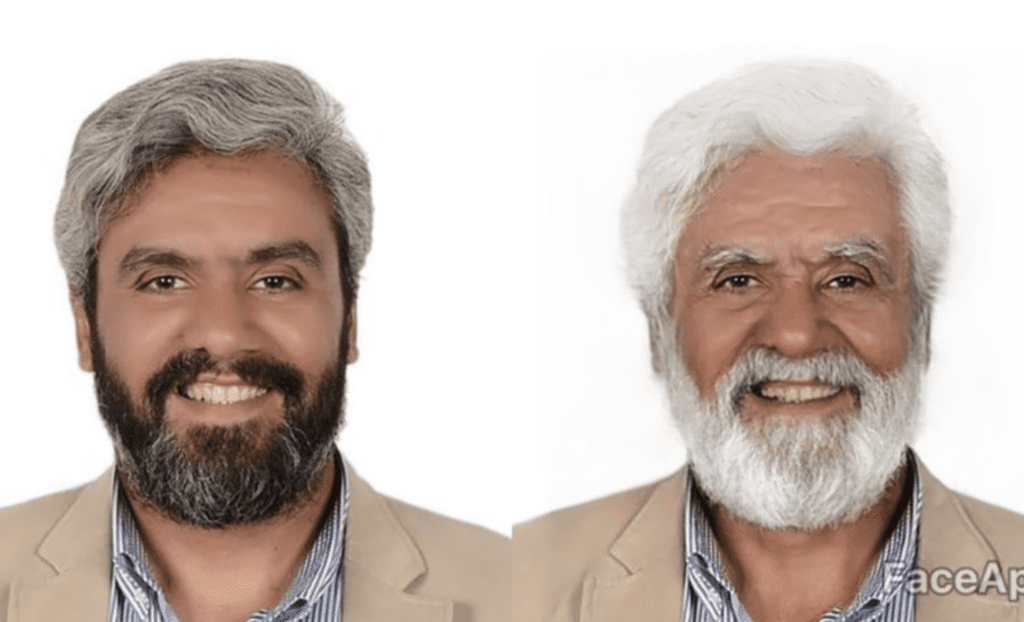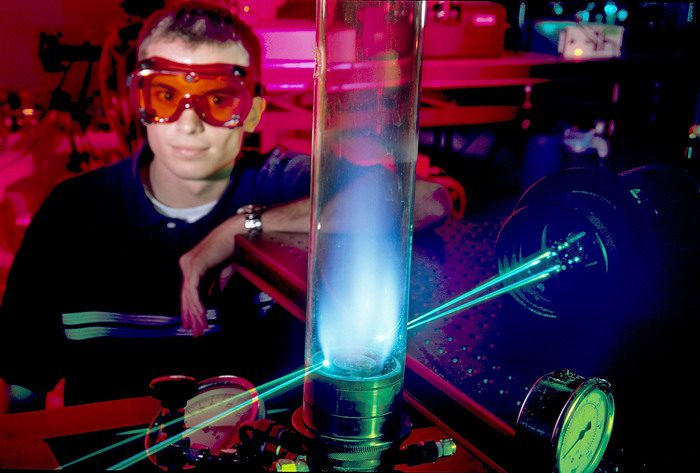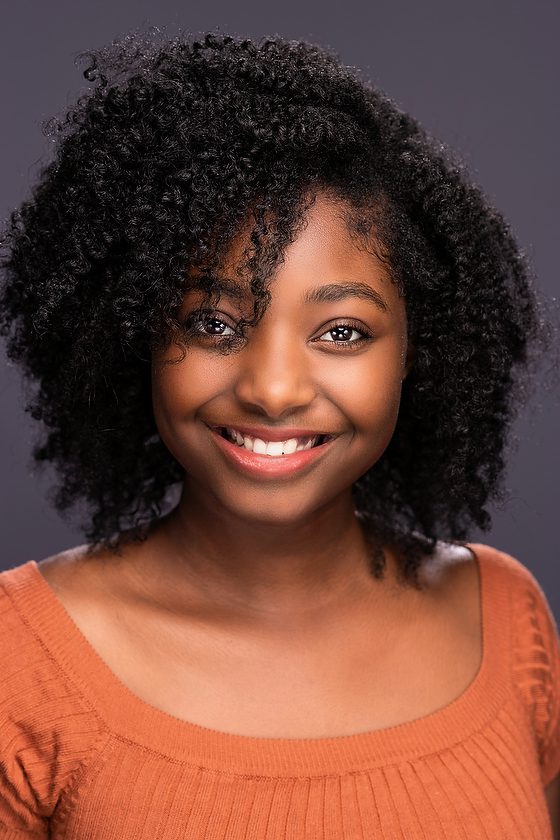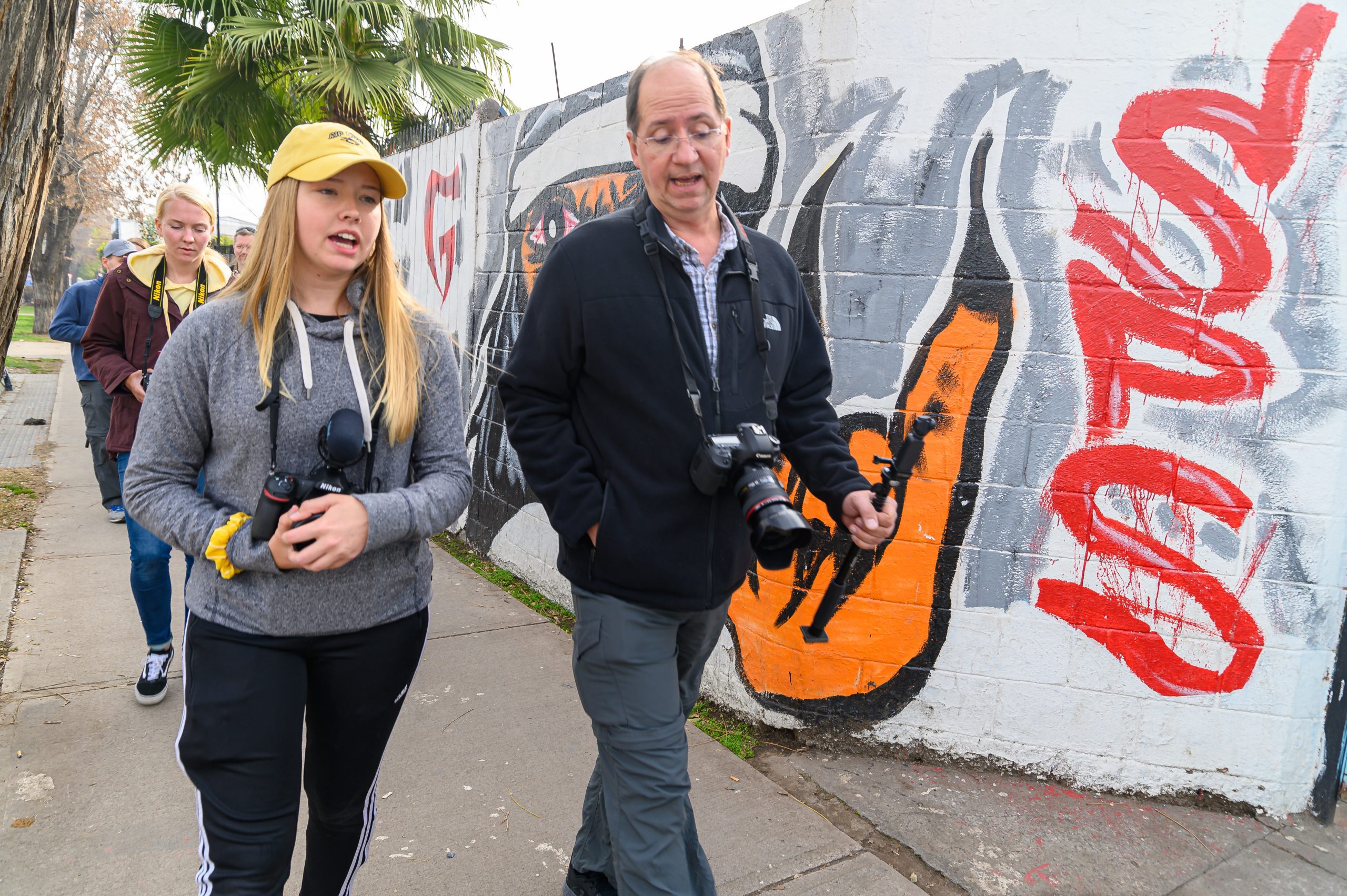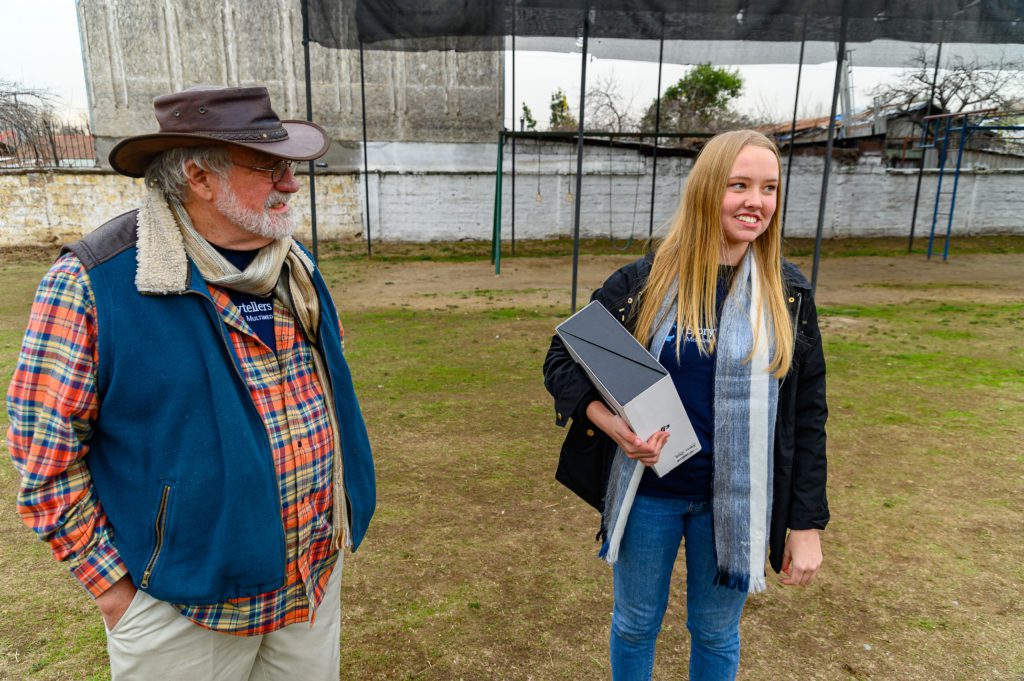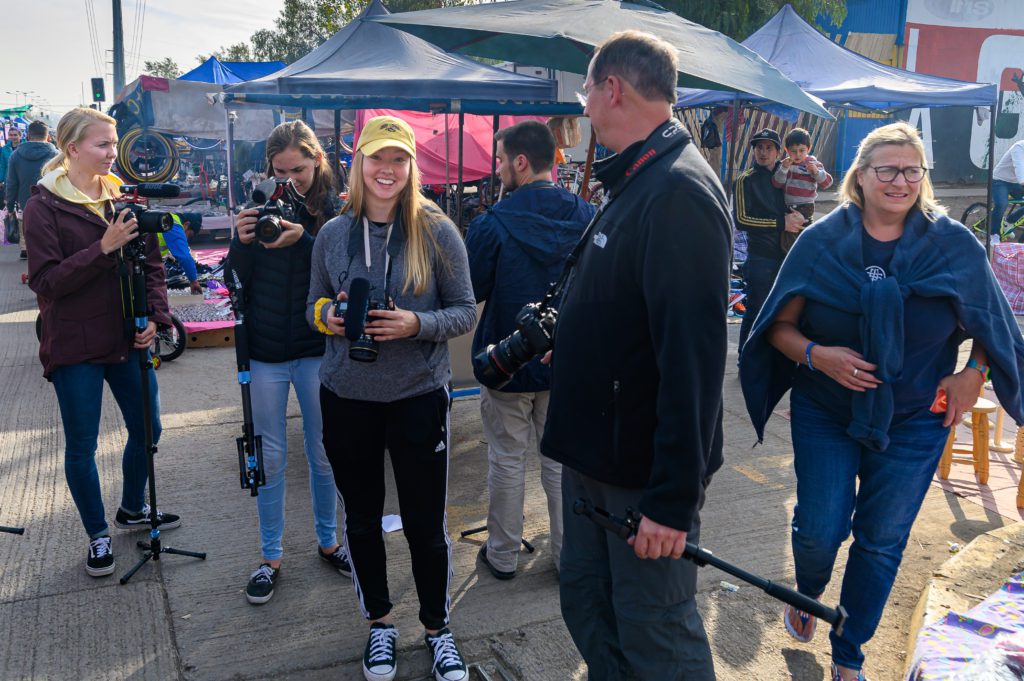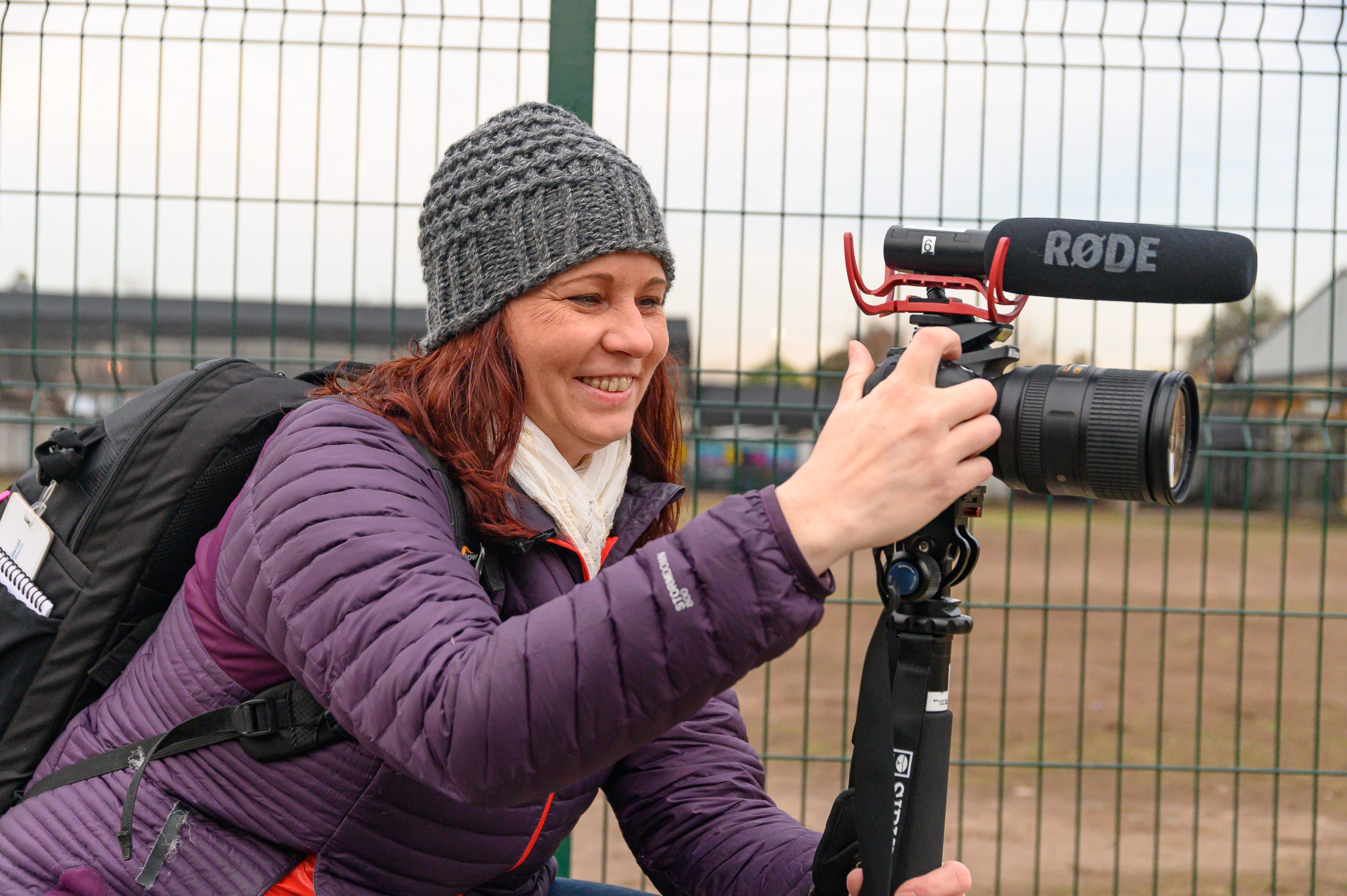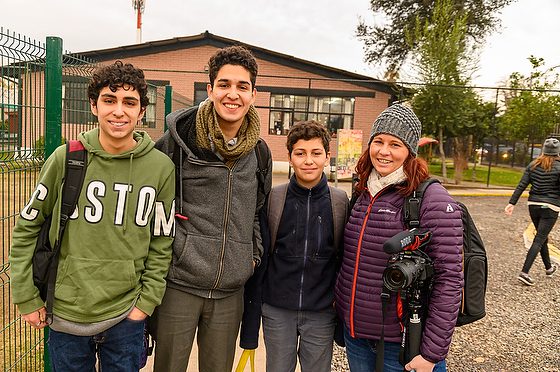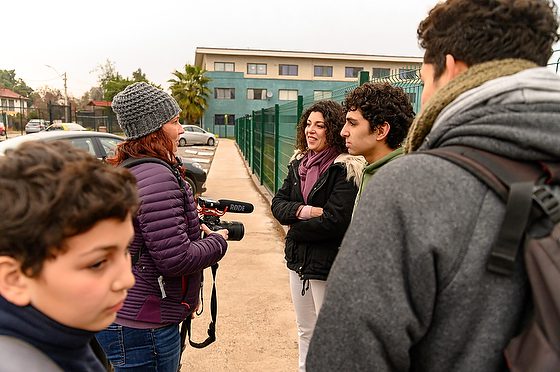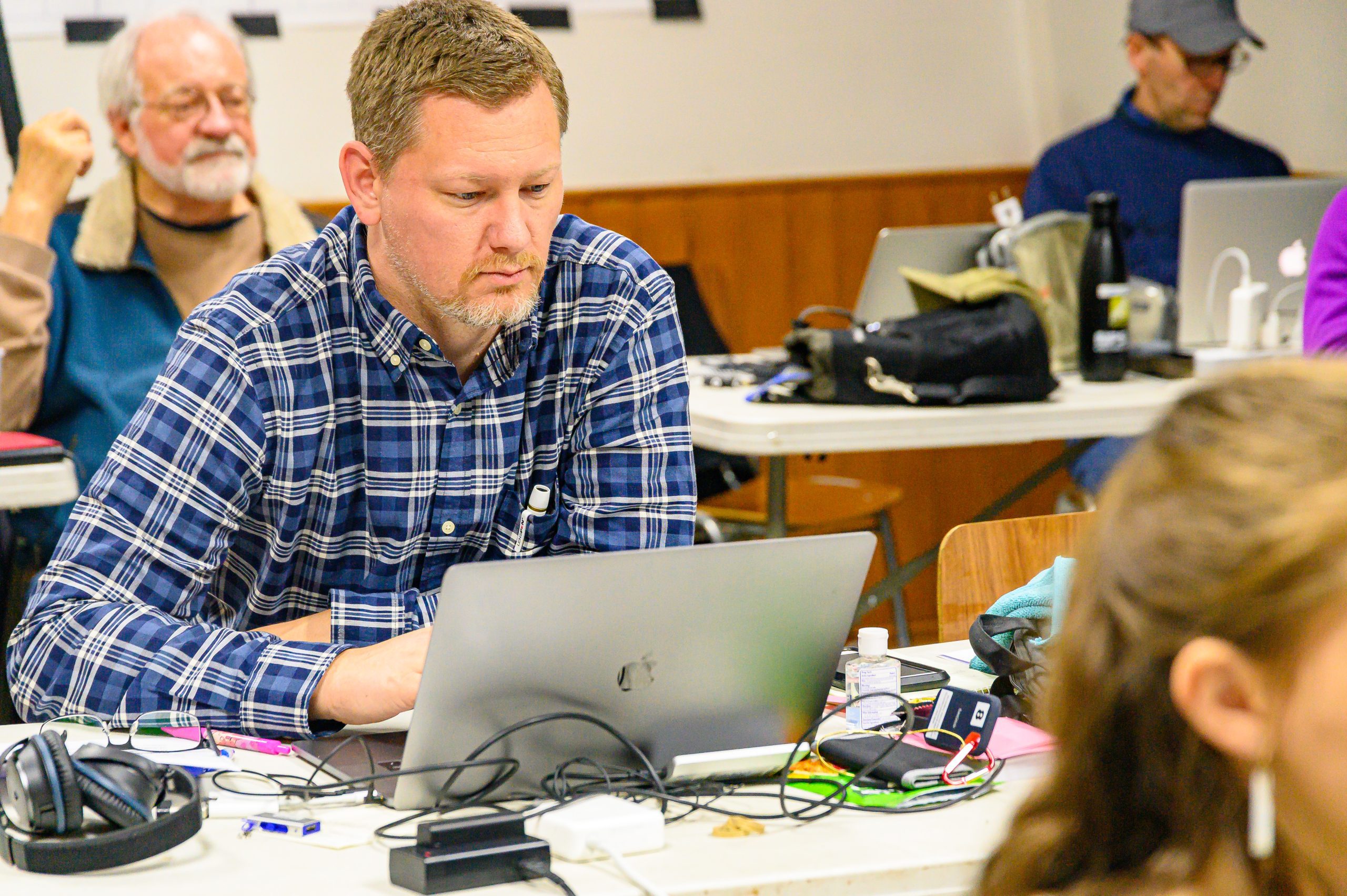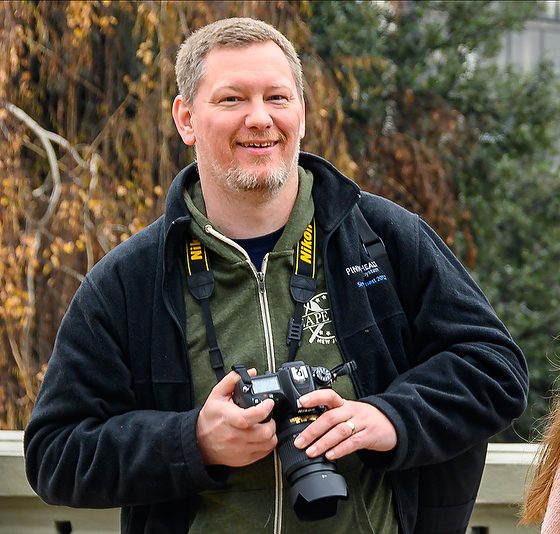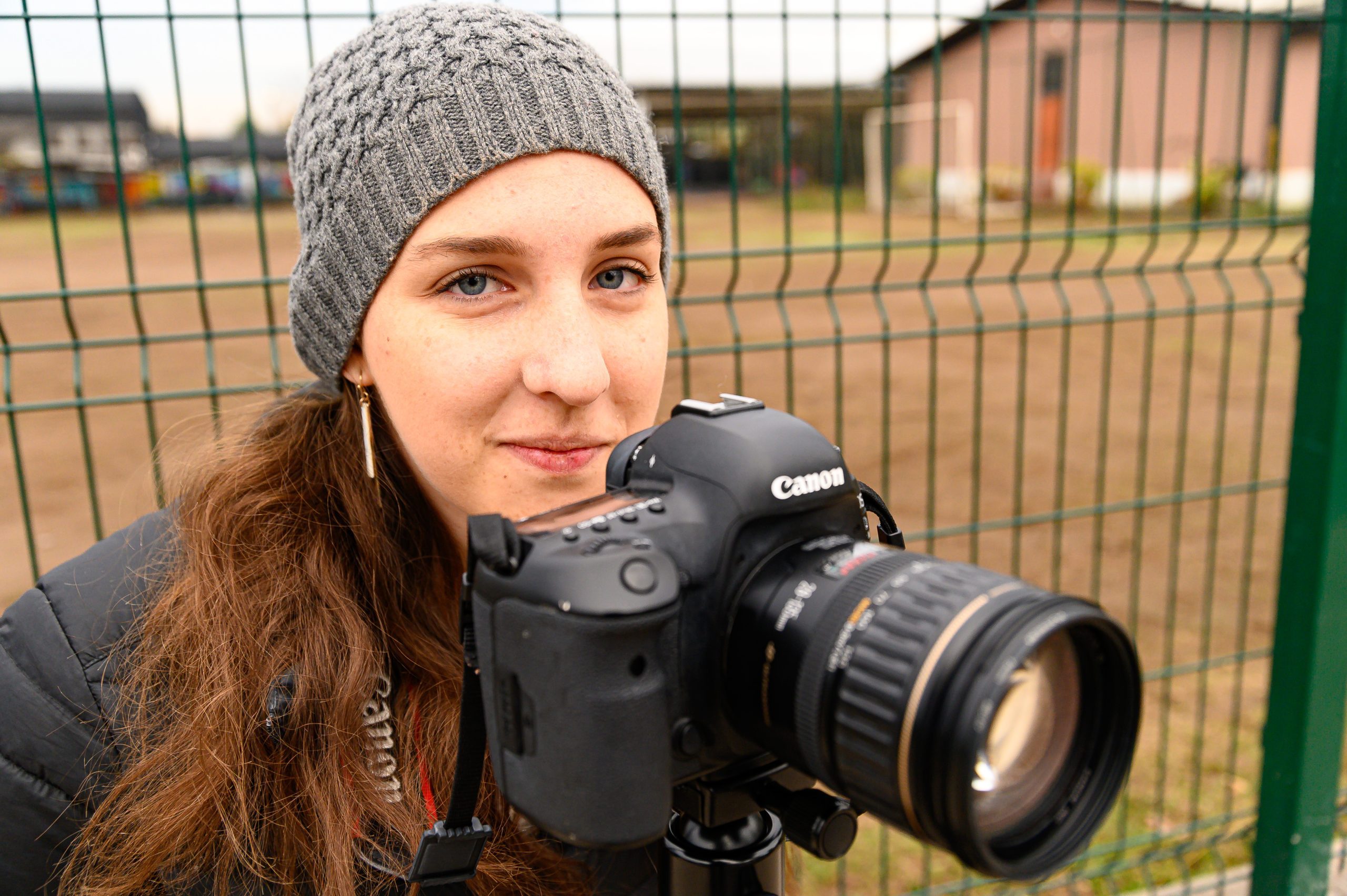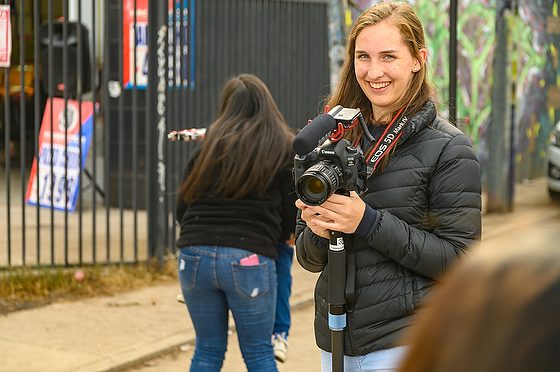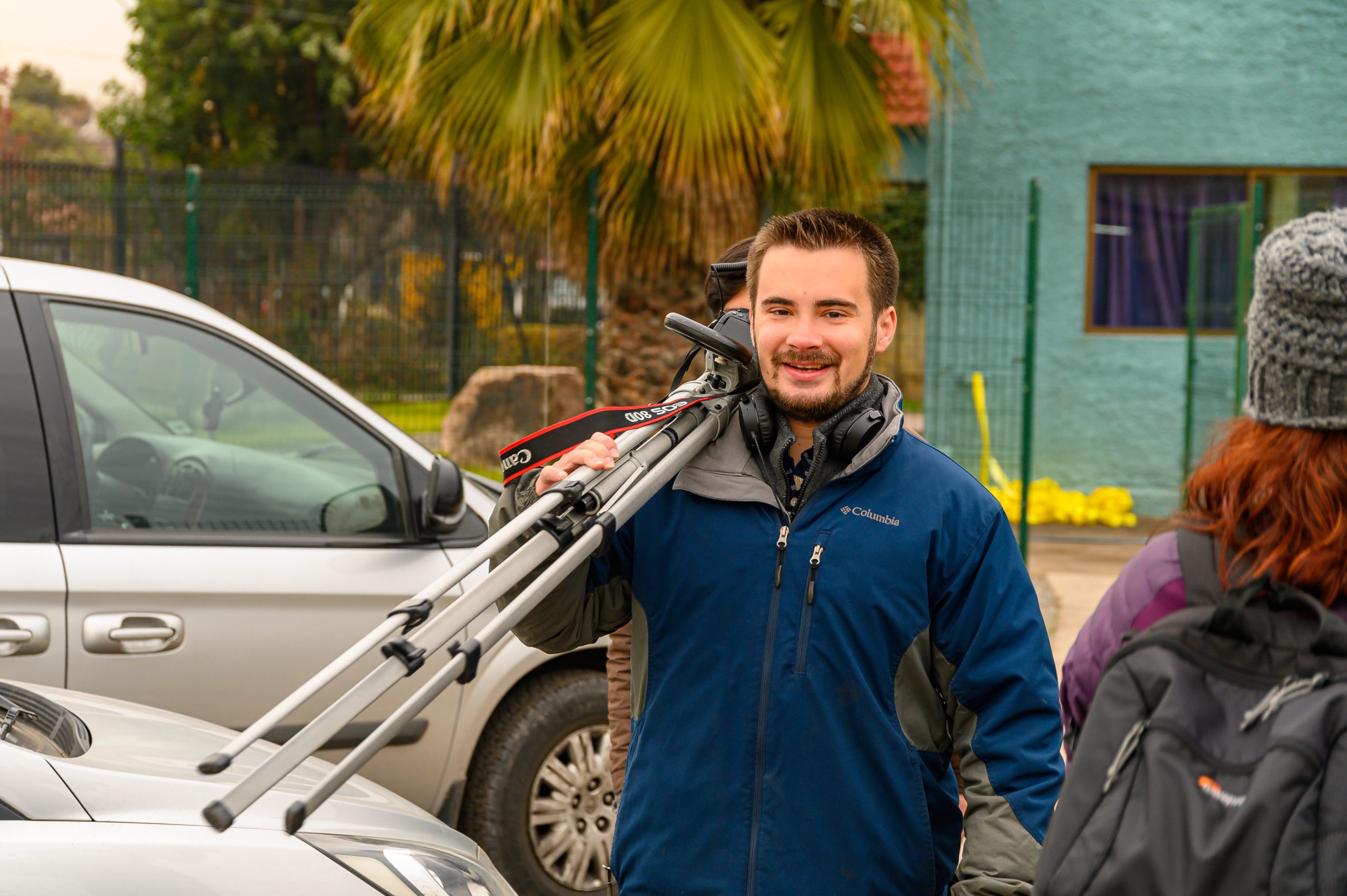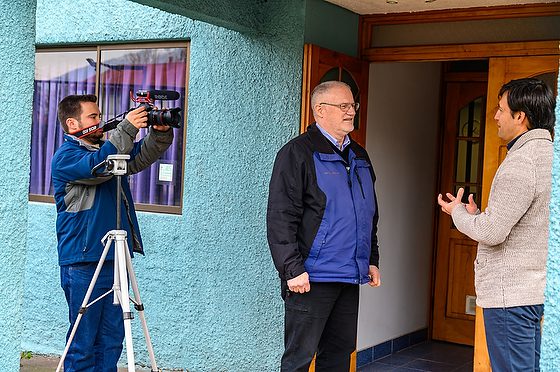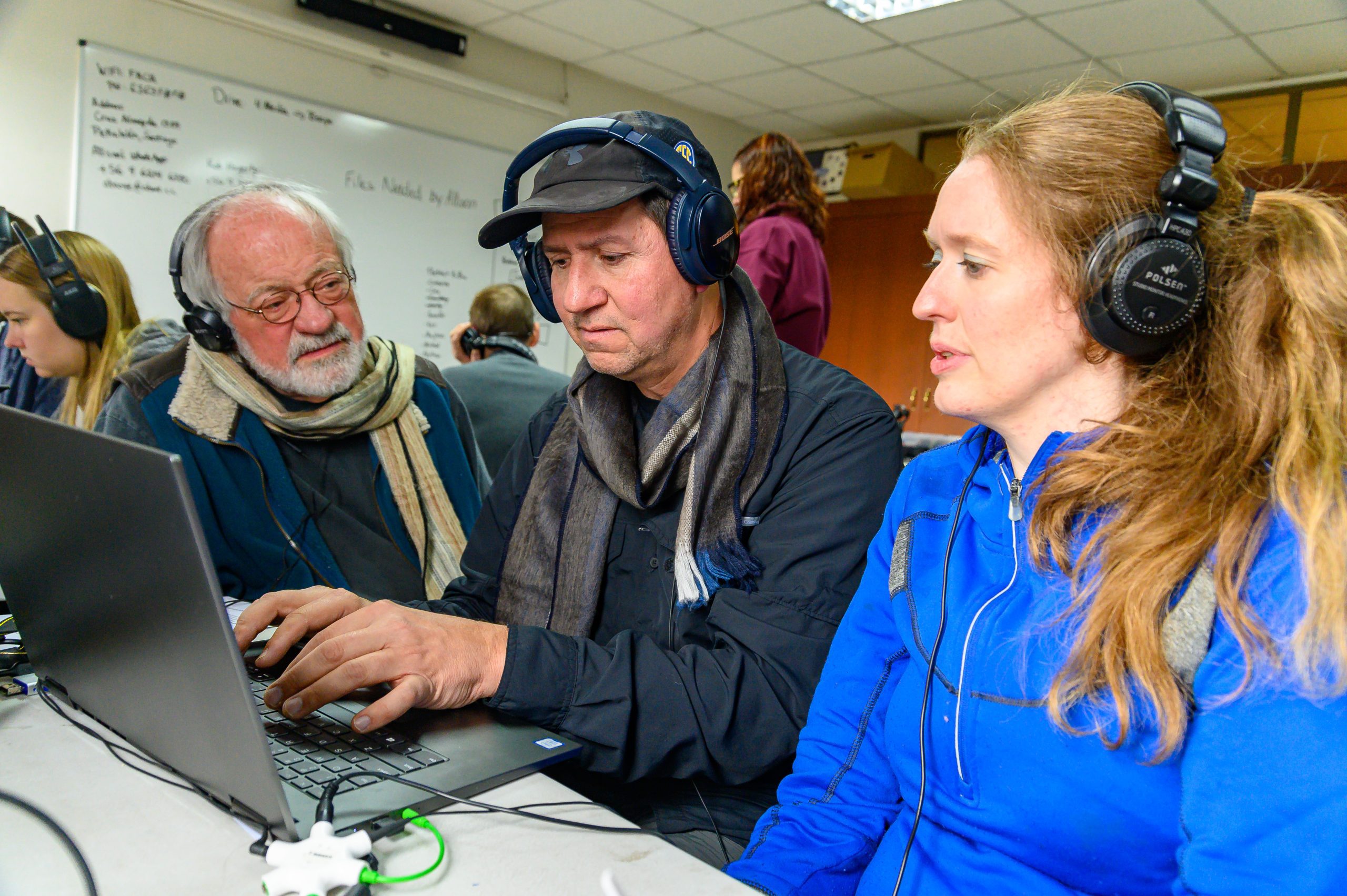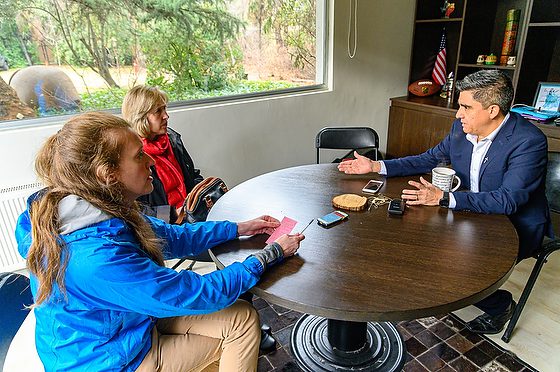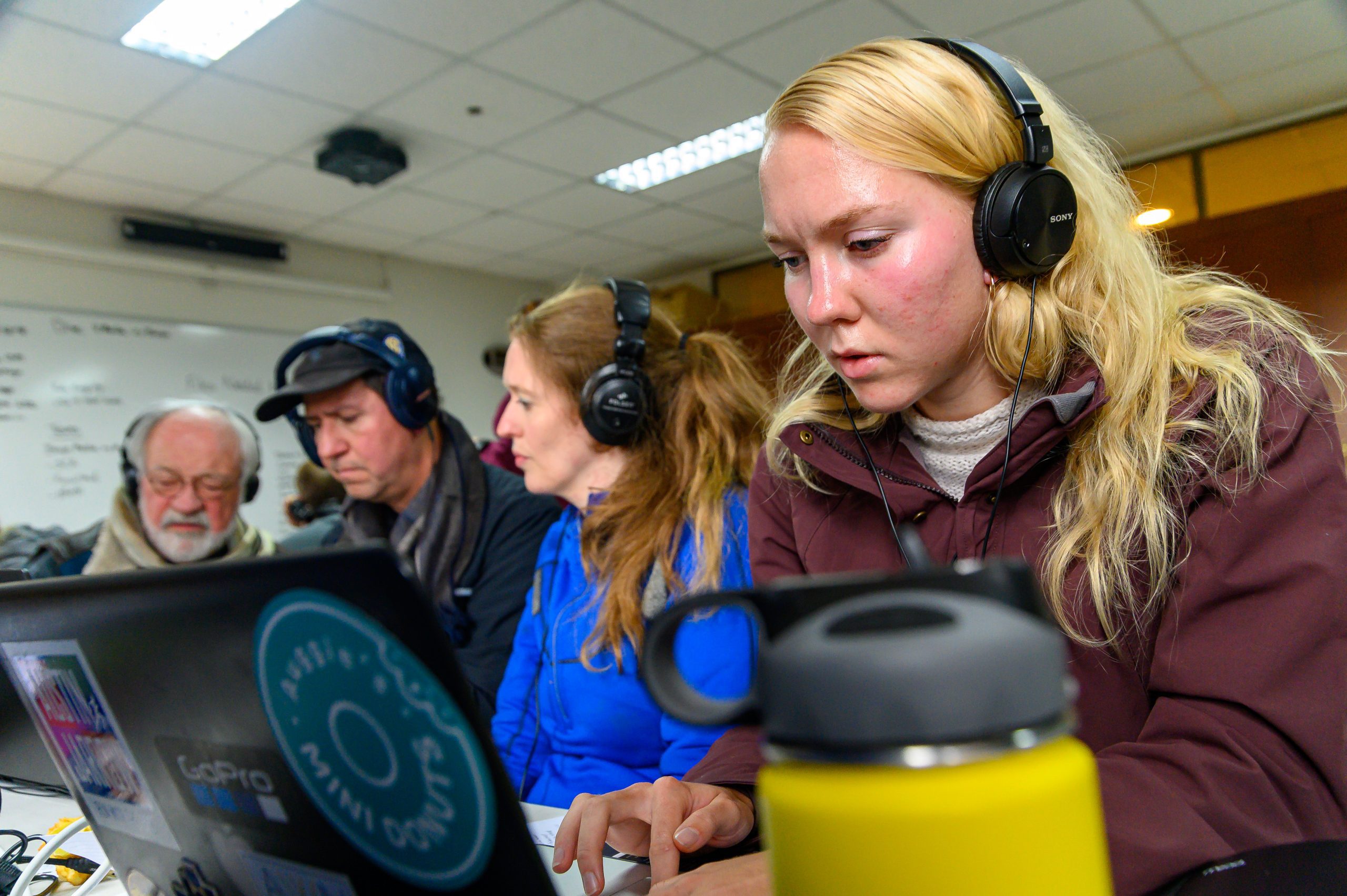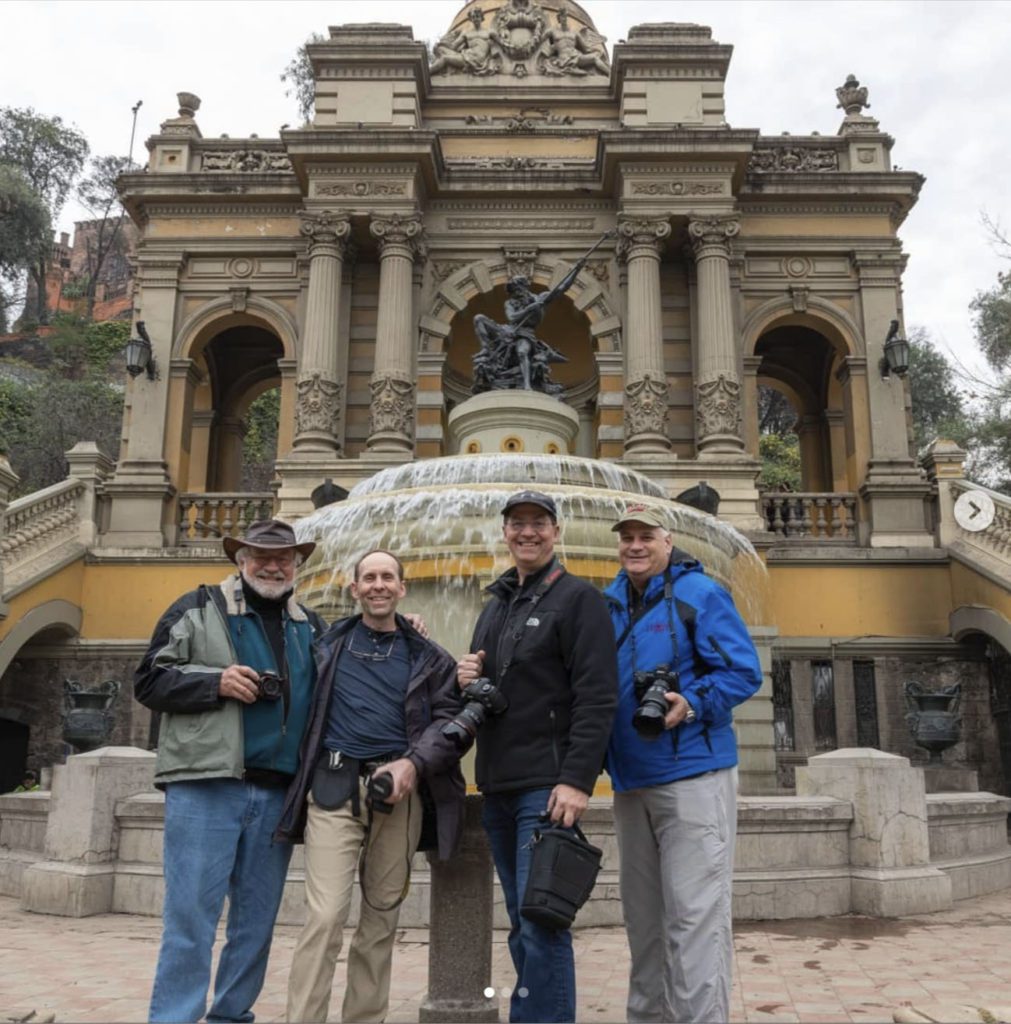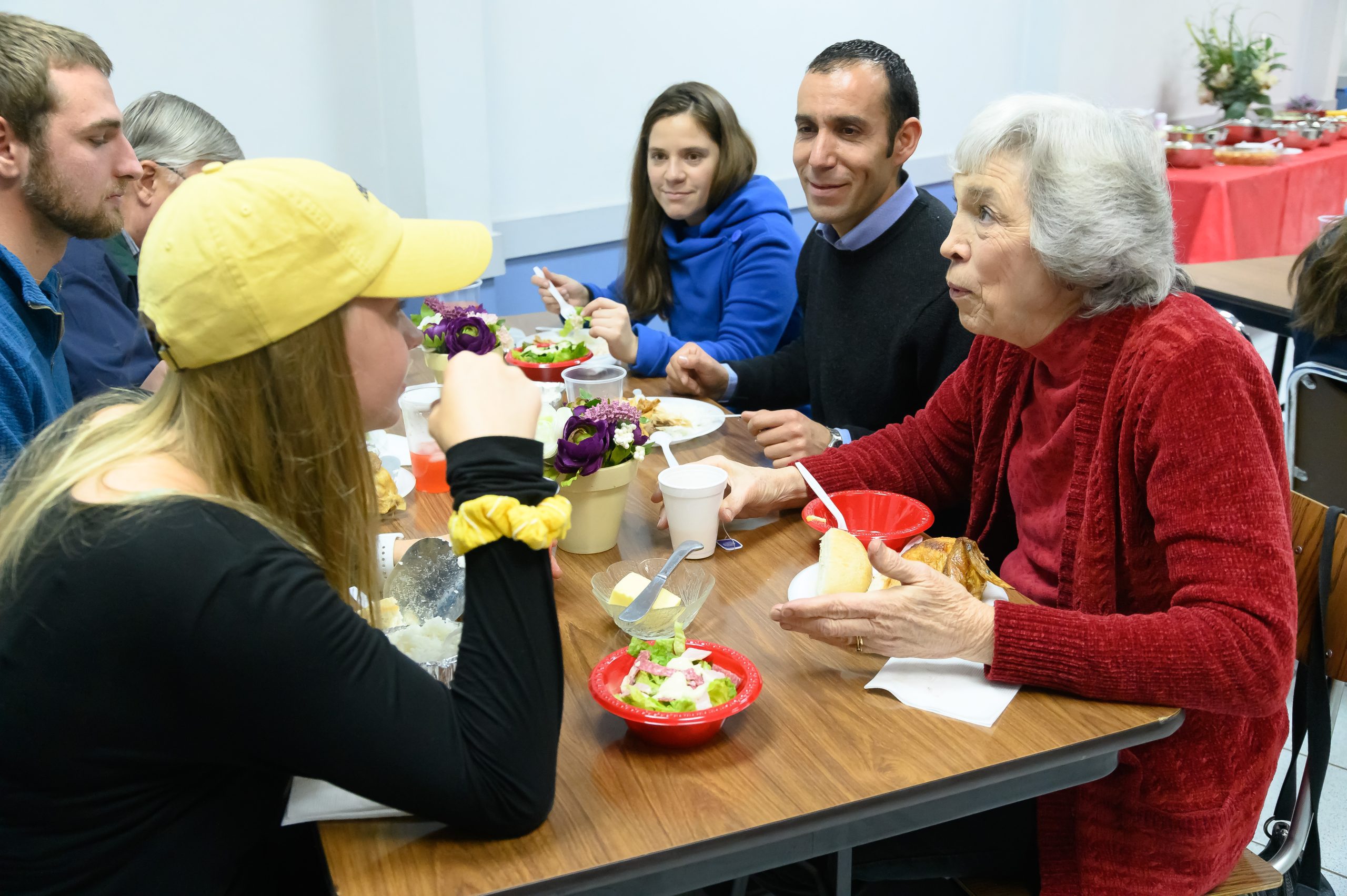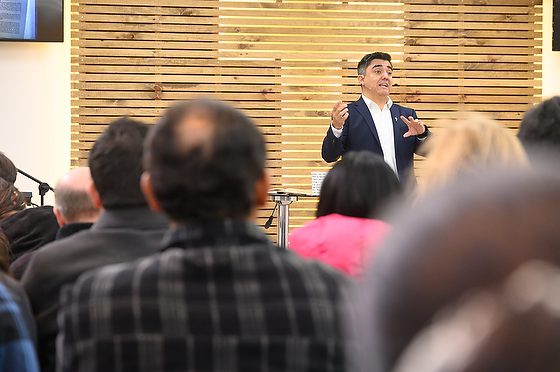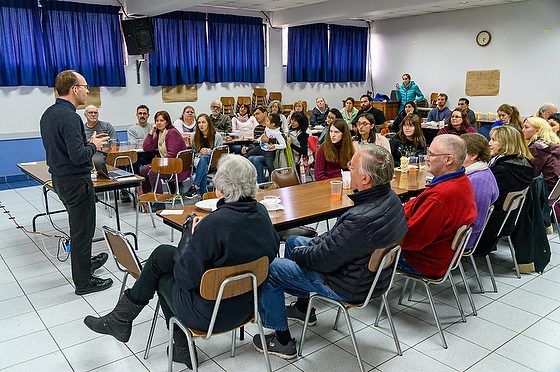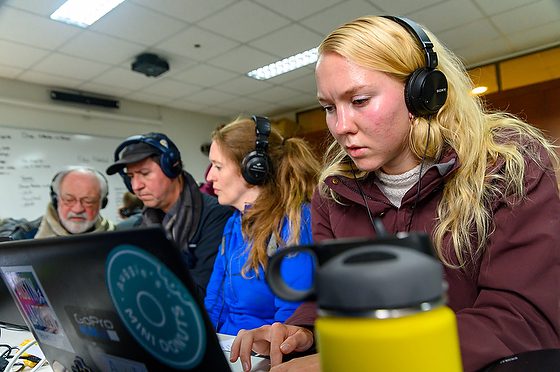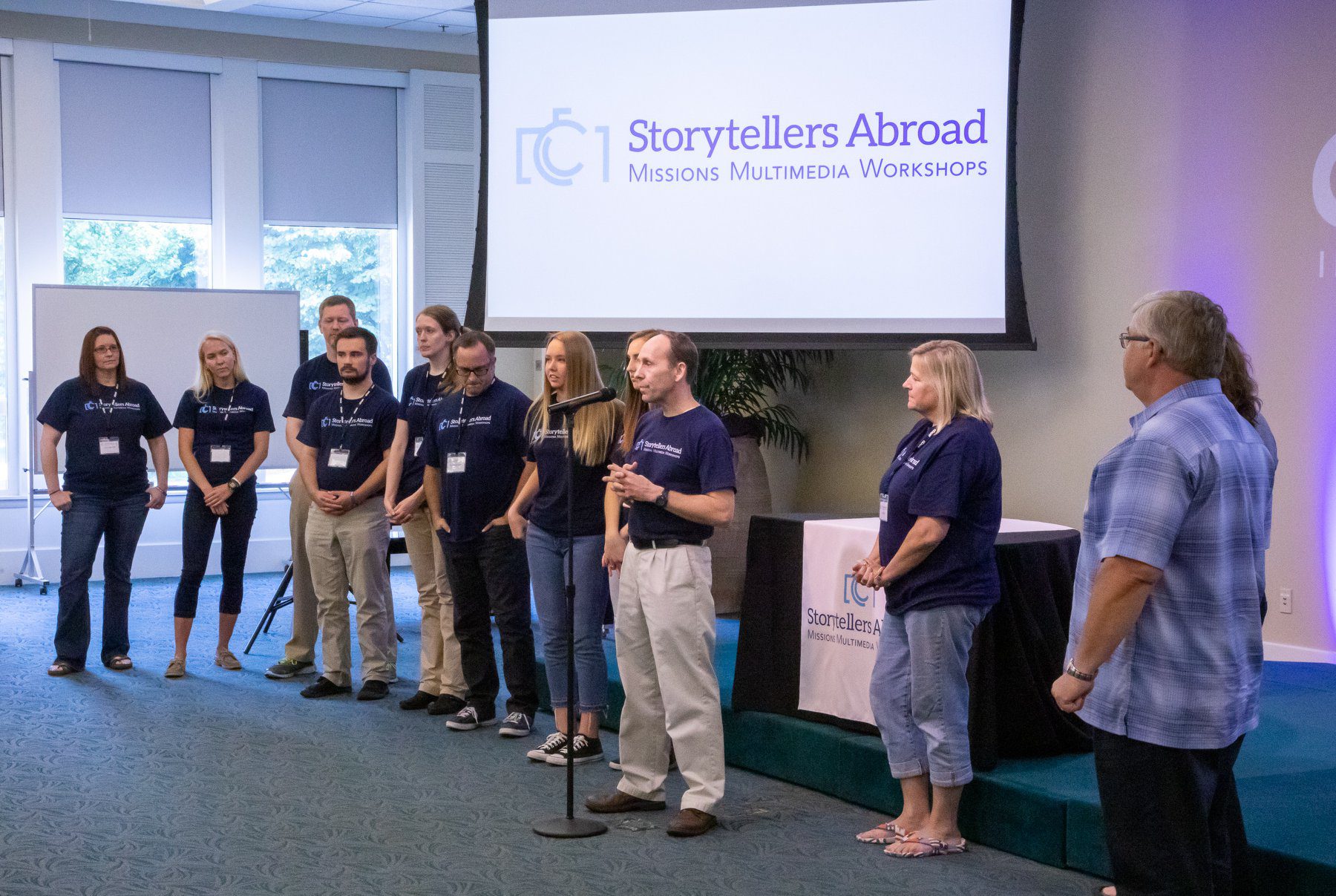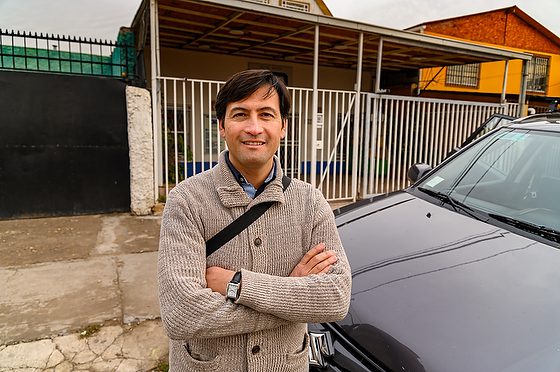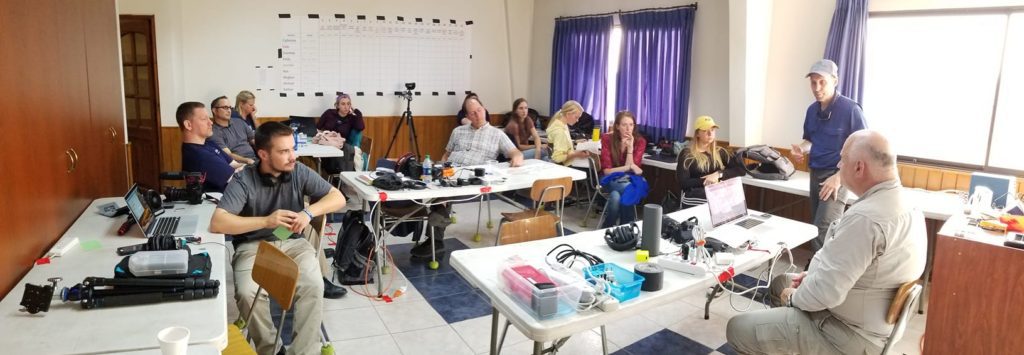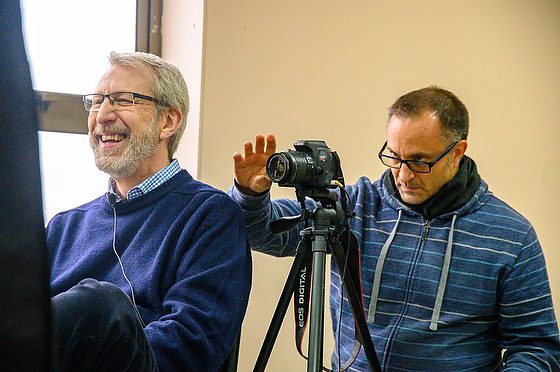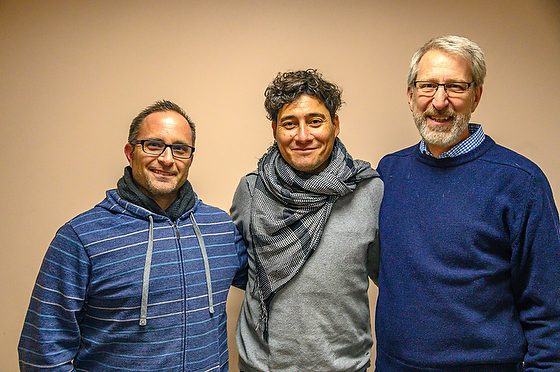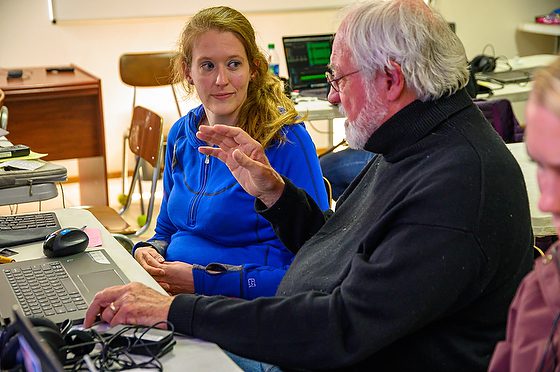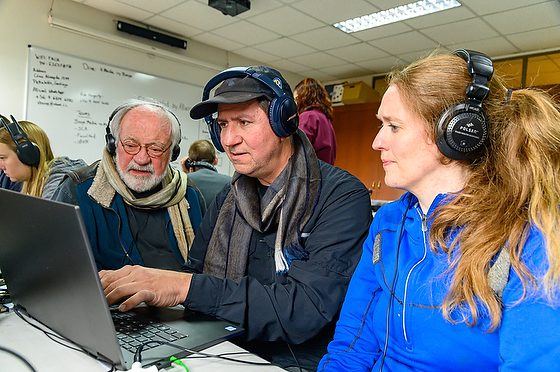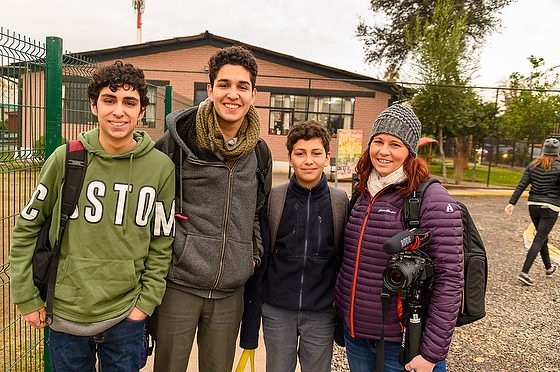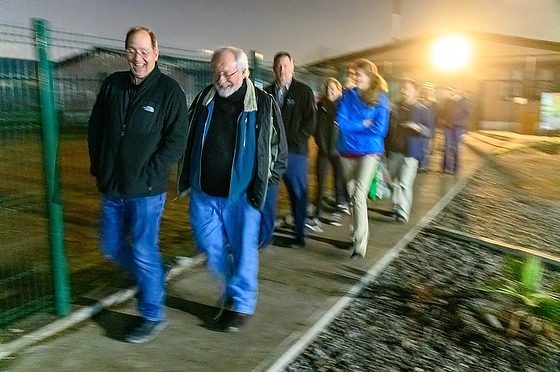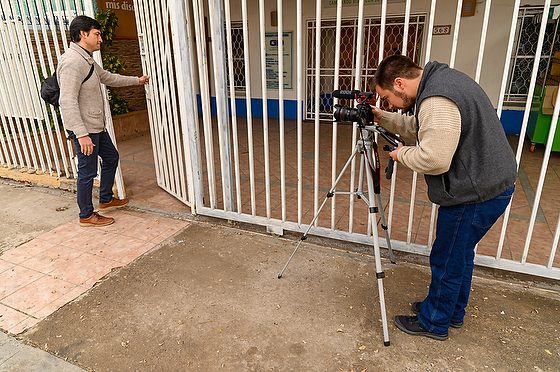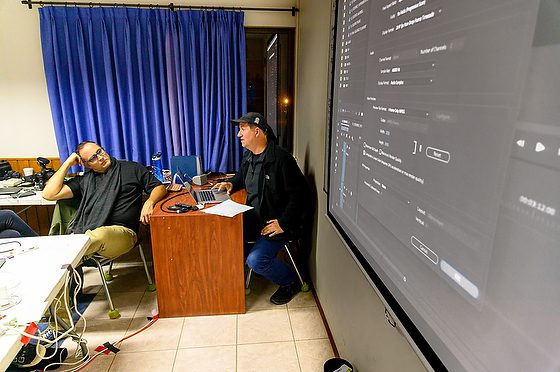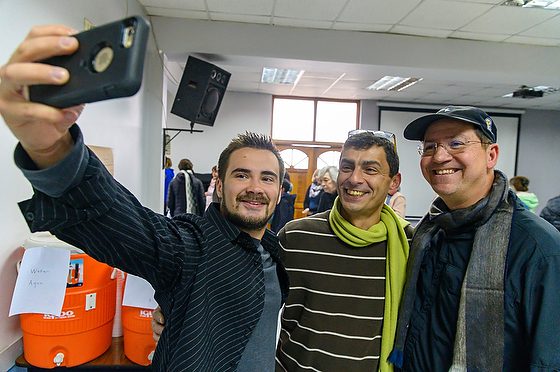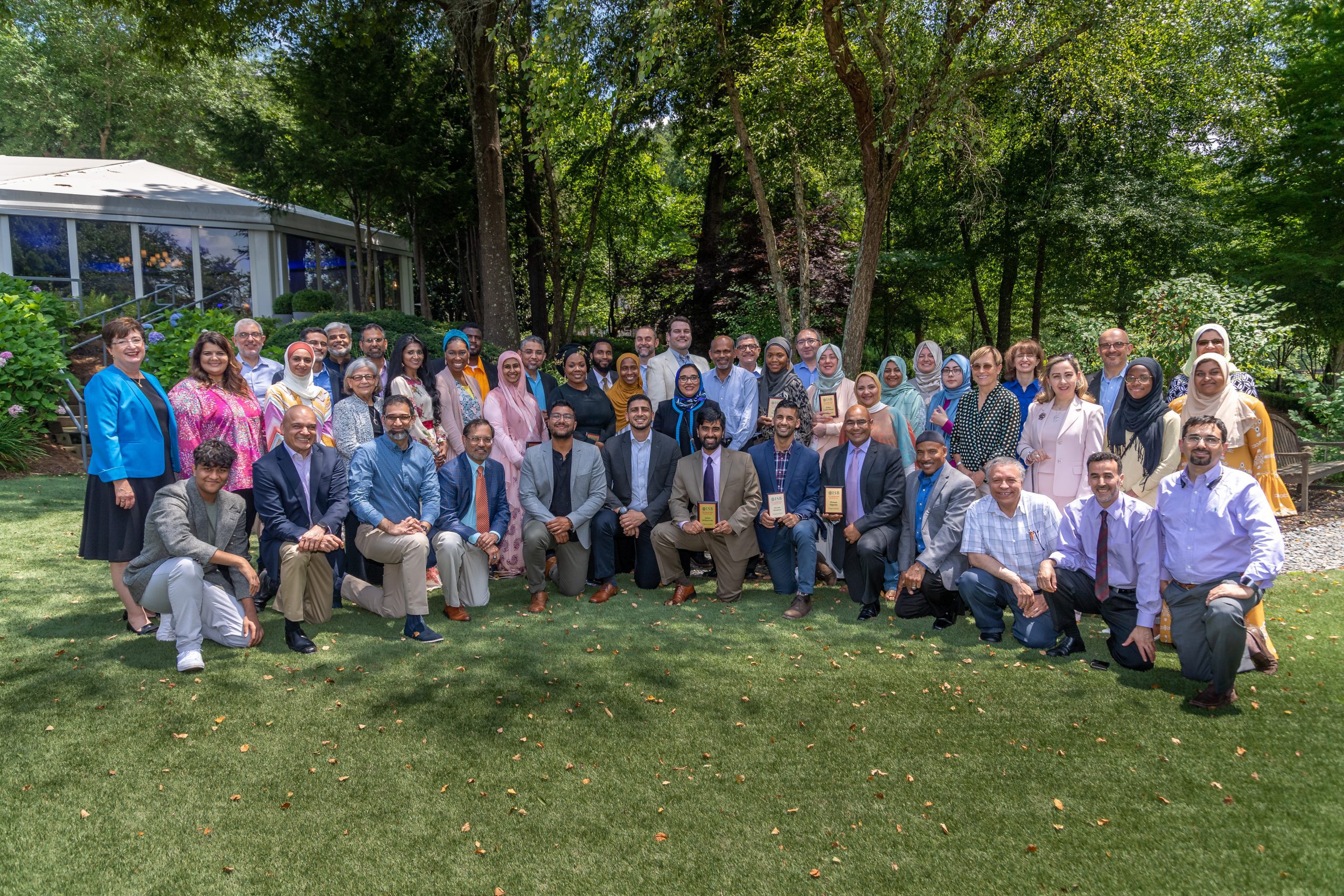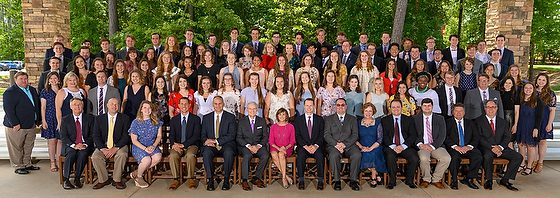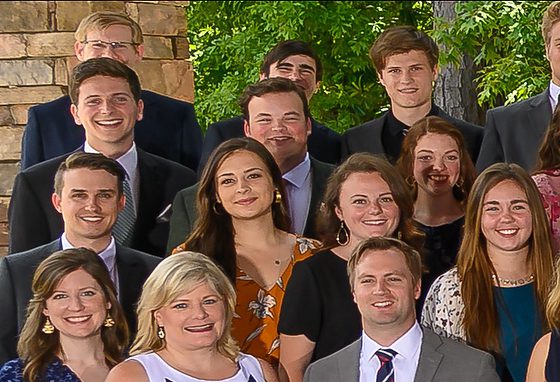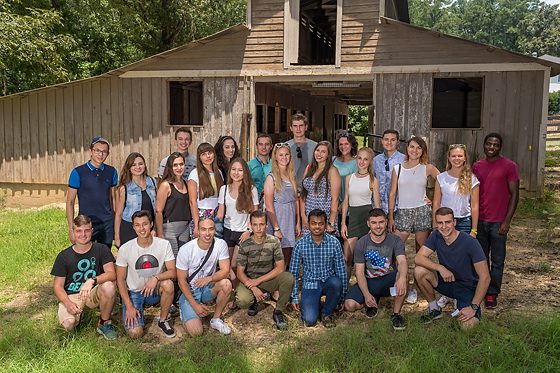For the past 35+ years, I have been attending photography workshops and seminars and getting the industry magazines. 99% of all the information is built around building better photography skills.
I believe there are two categories of photographers in our industry: 1) Gear Acquisition Syndrome & 2) Aesthetically Driven.
I would notice through the years that those with Gear Acquisition Syndrome, which I believe is the source of stress, are based on the uncertainties that are part of the creative process.
I think most all photographers have a little of the GAS in them. It takes courage to create, and the anxiety will always be there. Overcoming fear is part of this process and in the end, finding personal success with life’s challenges is rewarding.
The reason for that GAS problem is that when we are at these workshops and seminars, we see that some creative content is produced with new gear. Time-Lapse and Drone Photography are two of the biggest things I see motivating people to buy more equipment to get something creative they cannot do with their present gear.
Sooner or later, you end up in the Aesthetically Driven camp. You are looking for images that have an impact.
If you want to be a better photographer, stand in front of more interesting stuff.
Jim Richardson
I watch as more and more photographers pursue exciting content. Many seek wars, refugees, medical crises, and so on. Many are treating people more like objects for their photographic prints. Some still use the camera to move people’s hearts to take action to improve the world.

Too many are thinking that they are playing Checkers. They should be playing Chess. The problem is they see a game board with 64 squares, but the similarities stop there.
How to Make Money
The one thing missing for most trying to make a living in this industry is understanding how a company makes money. Too many people think that if they know how to take photos with their cameras, people will want to hire them.
Most photographers call around and ask if people need any photos taken. While there are many ways to do this, the problem is that this puts the average photographer in the commodity category. Once you are seen as a commodity like wheat, barley, sugar, maize, cotton, cocoa, coffee, milk products, pork bellies, oil, and metals, it is almost impossible to make a living. The reason is simple there is always someone willing to do it cheaper.
How to avoid becoming a commodity
- Say no to low prices. If someone wants your product or service for less than you are offering it, and you say No, then you are holding firm. There is no chance you are a commodity if you do this.
- Price yourself higher. I know of some people who came into markets and made a killing because they priced themselves as the “Fine Jeweler” in a market flooded with “Walmart” priced photo services.
- Know your value. This will make a massive difference if you believe in your value (because it is good value).
Copyright Knowledge & Cost of Doing Business isn’t the Secret
Too many photographers go to the seminars about usage rights and then start doing quotes based on this new knowledge and often see they are losing even more business. Others figure out their bottom line and discover they need to charge a minimum and when they put that into place also find they are losing business.
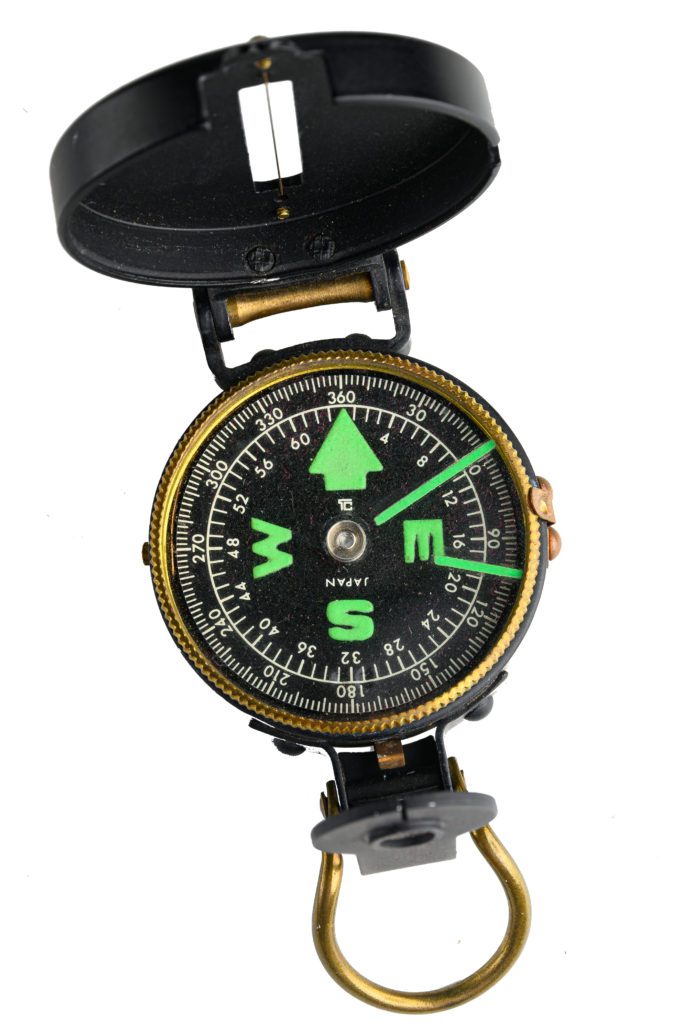
You see, all this is being focused on you. Please don’t get me wrong, you need all of this knowledge to be successful, but that isn’t the key. Those are all necessary. But the compass for your business is the customer’s needs and desires.
Questions you should be asking
- Why does the customer need this to improve their business?
- What are my client’s problems?
- What could help my client communicate better with their clients?
- What makes my client better/unique as compared to their competition?
- How can I capture something that will share how they can help their clients make more money with my camera?
- How can I create an experience for my client that makes them enjoy life better?
- Who are your customers?
Focus on Customer Experience, Not Customer Service
When you interact with a client, that is customer service, but when you are not there, and the customer interacts with something from your business, that is an experience. Customer service is critical, but it is only a part of the customer experience.
Maybe you are a wedding photographer, and the people loved you and your team at the wedding. That is all about customer service. When you posted photos throughout the day of the wedding to social media and their family and friends could see them on their wedding day even if they were not there, well, that is customer experience.
Photographers turn around images quickly compared to those that take 3 to 6 months to get the photos to the bride and groom to create a better experience. When your photos capture precious moments and tell their story better than they could imagine–that is customer experience.

It would help if you understood what drives profitability and cash flow, a market-focused approach to the business, and a significant overall picture of the company and its interrelationships. Each of the pieces of your business is more like the pieces of a chess set. Together, they are different and help you play the game and win.
Your Biggest Mistake
You discover that the 64 squares you have been playing are a different game than you thought you were playing.
You have been trying to move all your pieces to the other side of the board when the game isn’t about that. In chess, you can win in as little as two moves. It isn’t about taking all of your opponent’s pieces to win.
What is the objective of the game? What are you trying to accomplish? All those questions lead you to one thing in business. Those who get to know their client and see what they need to succeed and do all they can to help them succeed in turn also become successful.
It Takes All Three
- You need Gear
- It would help if you were creative aesthetically
- It would help if you had Business Acumen. Know how to help your clients make money.


